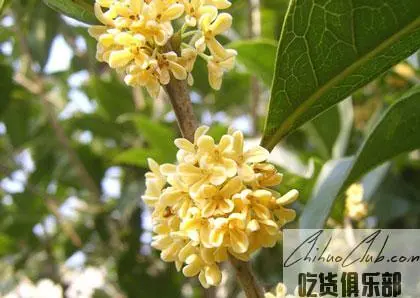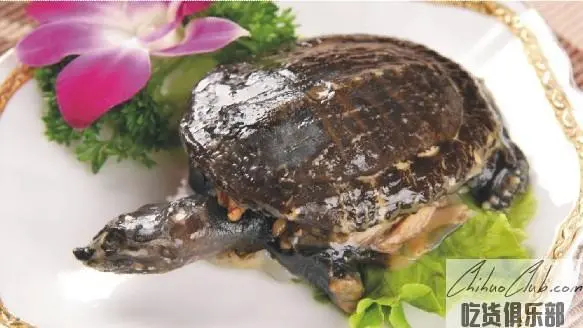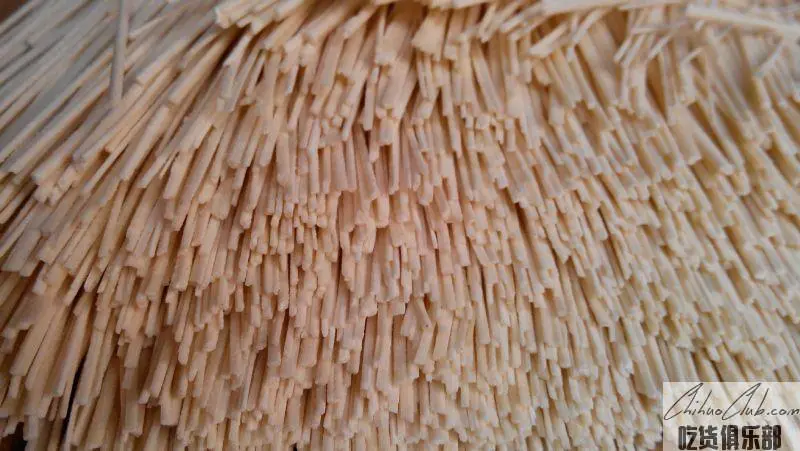huangchuanxian-weigangxiang specialty

Located in the southeastern part of Henan Province, Huangchuan County has a warm climate and abundant rainfall. It is located in the northern part of the subtropical zone and is a suitable habitat for the northward movement of tropical flowers and trees and the temperate vegetation. "Gwangju" volume 28 records: "The genus of wood has laurel, a hibiscus flower, there are three kinds of red, white and yellow." From the northwest of the ruins of the ancient city of Huangguo, there is a hilly ridge that stretches for dozens of kilometers. Since ancient times, osmanthus has been planted on a large scale. Every time in the golden autumn, the sweet-scented osmanthus blooms and the fragrance floats, so it is named "Guihualing". The Huangchuan people have a custom of playing "Osmanthus cake", "Osmanthus sugar" and "Osmanthus wine" on the holidays.

The Huangchuan turtle is usually called Gwangju turtle, Gwangju horseshoe, Chinese sturgeon, daddy, carp, group fish, etc. After the Republic of China, Gwangju was renamed as Huangchuan, and "Gwangju turtle" and "Gwangju horseshoe" were gradually It is called "Huangchuan turtle" which is well known today. The quality of the Huangchuan turtle is superior, the belly color is white, the skirt is thick and uplifted, and the nutrition is rich. Since ancient times, it has been a popular dish in the south of Henan Province, which has added a strong color to the food culture of Gwangju. According to Gwangju’s records, as early as the Tang Dynasty, Huangchuan County had the saying that “Gwangju Horseshoes broke down the street”. During the Qing Dynasty, there were full-time staff in Gwangju to prepare dishes for the royal family, Gwangju Horseshoe and Gwangju Gongmi, Huangchuan Jingui also called Gwangju Sanshou and became a court tribute. The people of Huangchuan have developed a variety of different ways to eat turtles, forming a unique food culture in Gwangju.

In the Tang Dynasty, Gwangju State had produced noodles. At that time, it was "selling in China, winning the Kyushu" and was called "Gwangju Kuiping". By the time of the Song Dynasty, the Gwangju state officials ordered the workers to take the face to their heads and tails, take them in the middle, and cut them into a length of about 20 cm. They were rolled into a circular shape with red and green paper, half a catty per tube, and served as gifts. To the court, Song Renzong after eating, praise: "Mei, Gwangju Gongmi"! Since then, Gwangju's refined tubular noodles are famous for its "Gongtian".